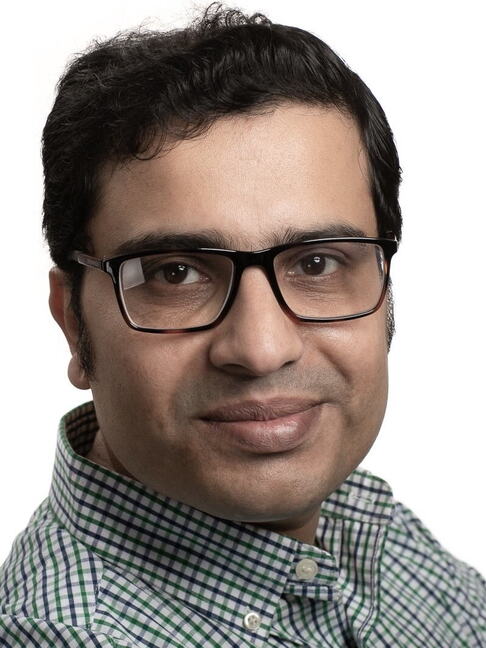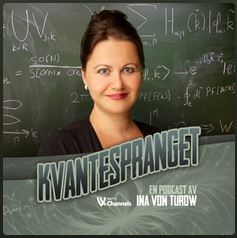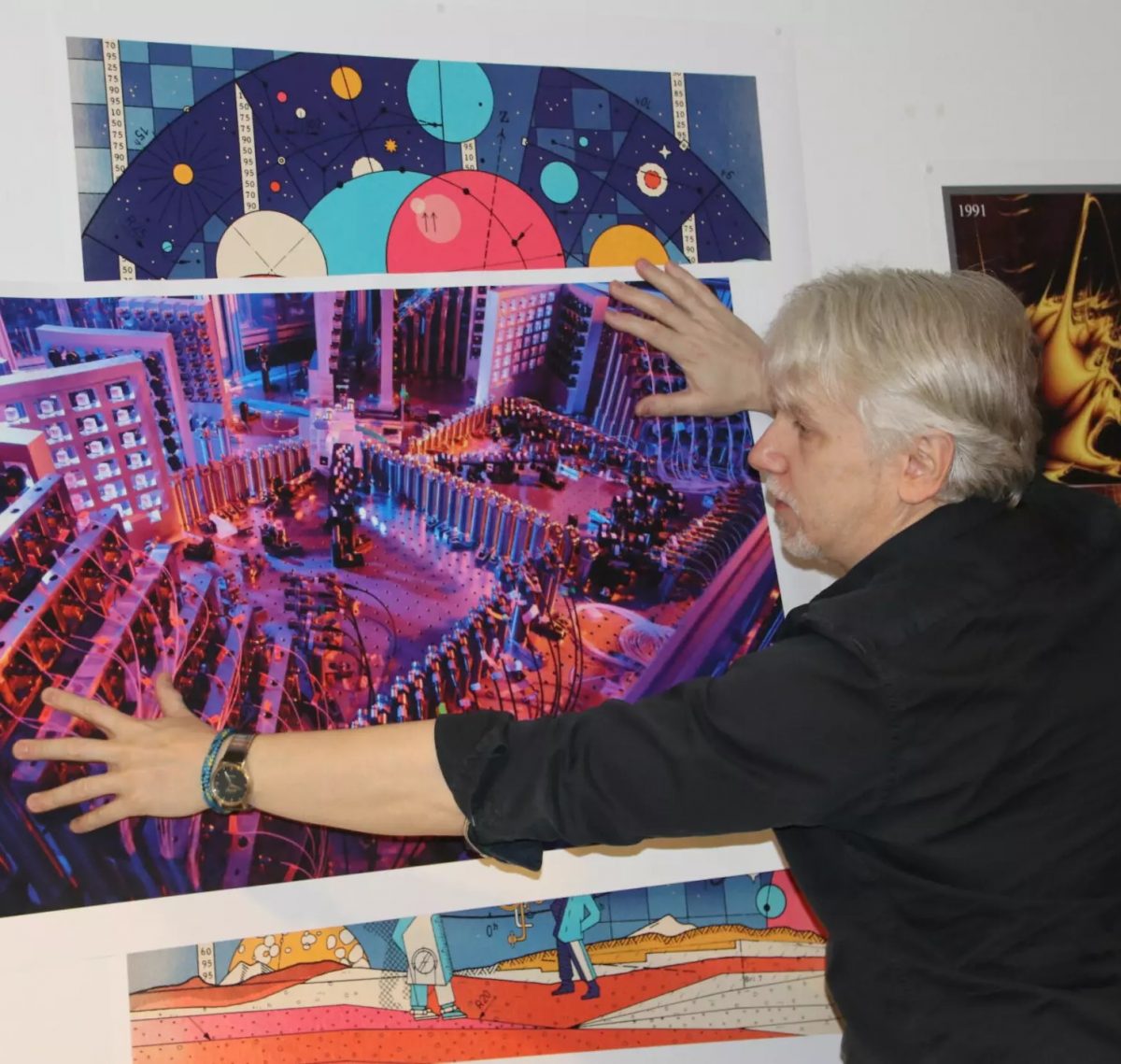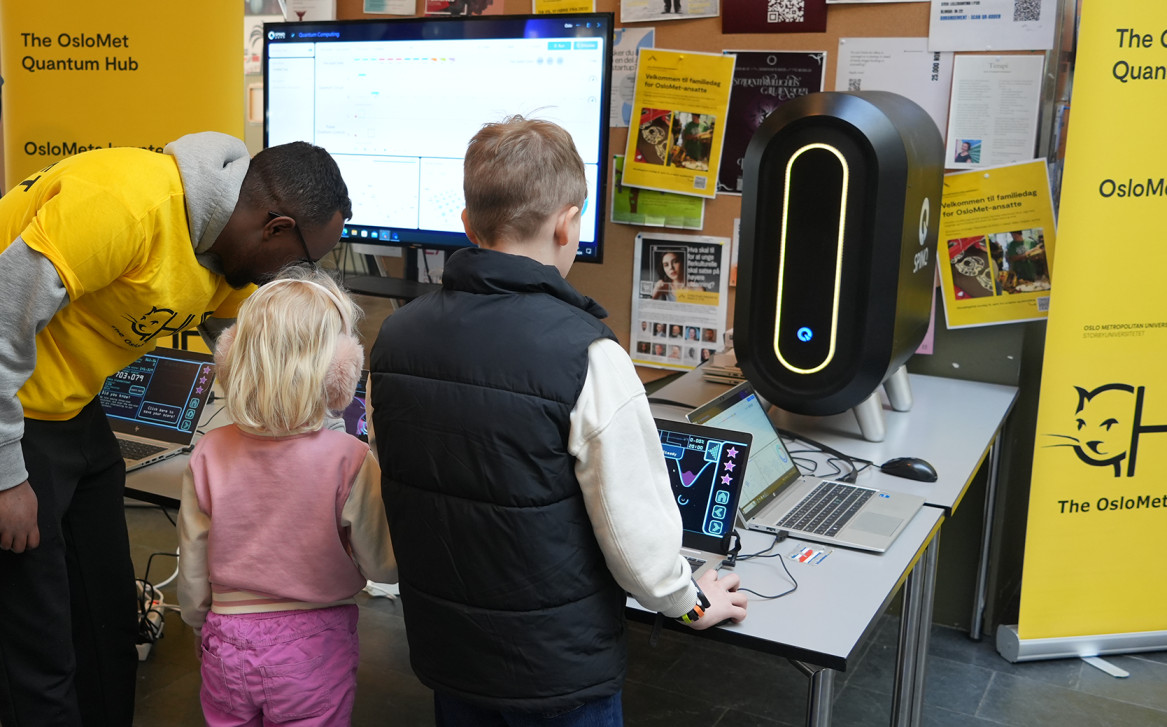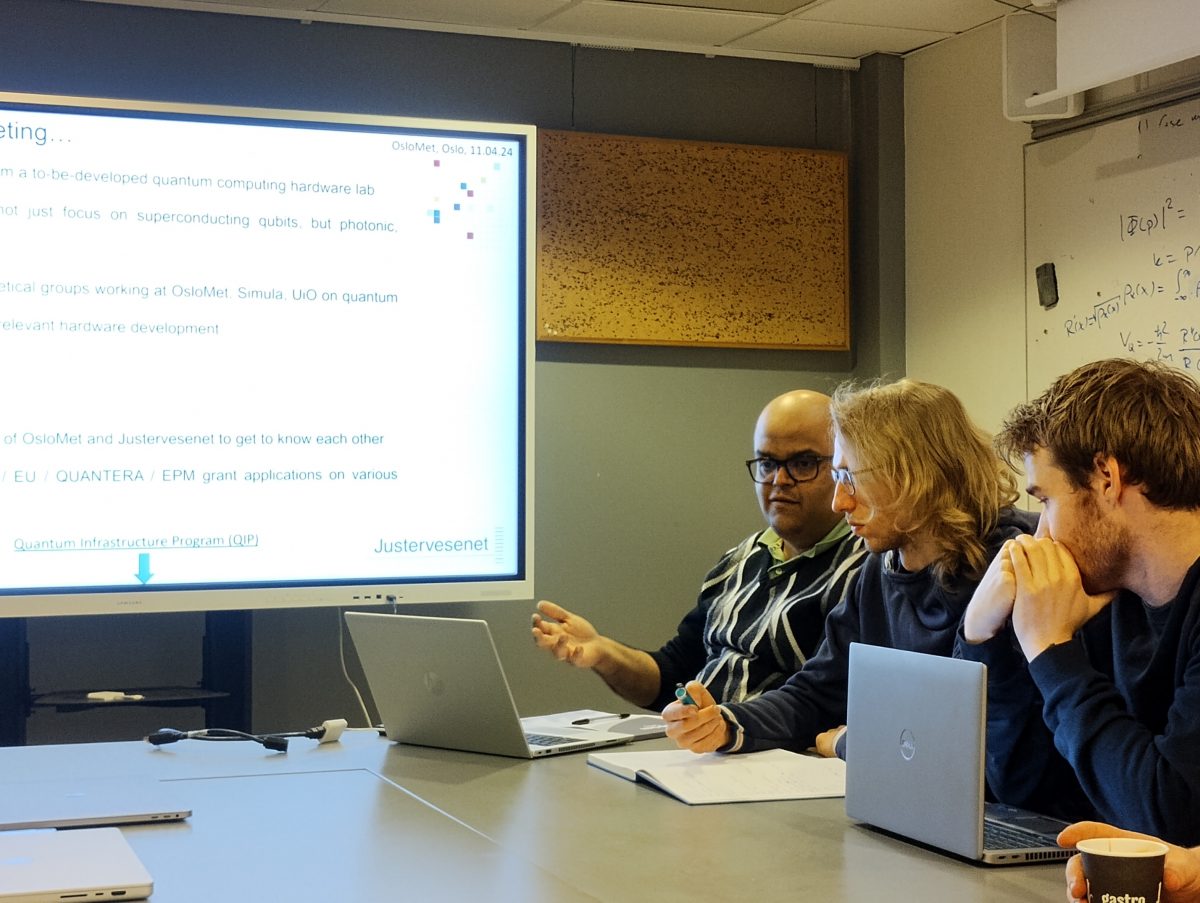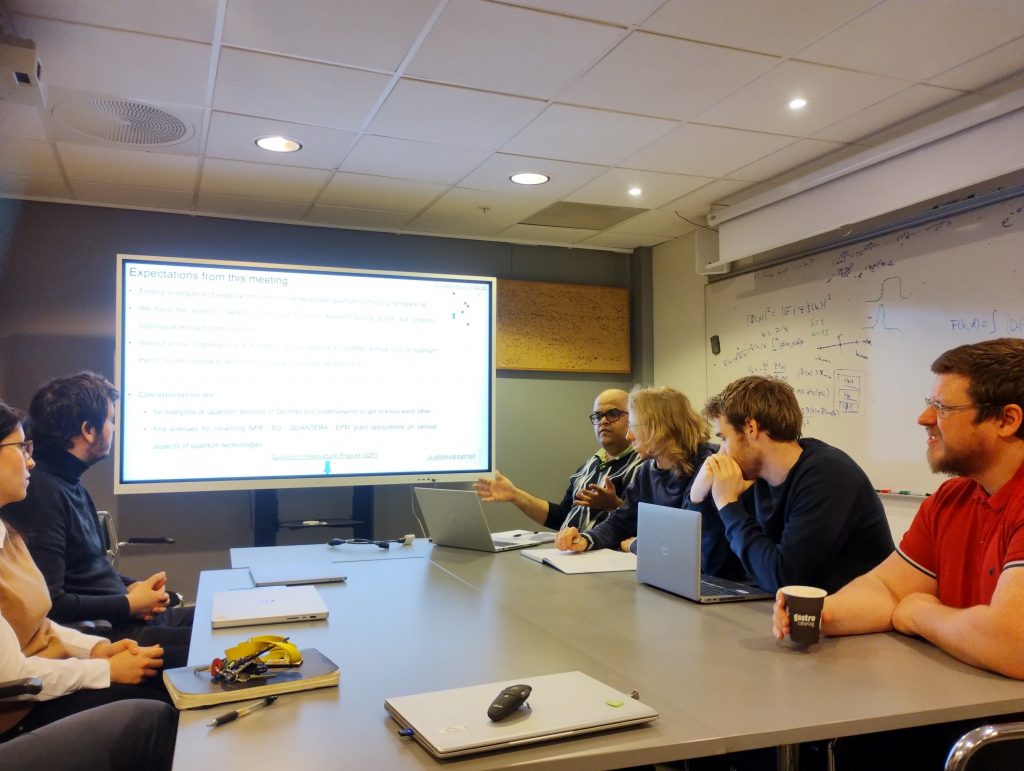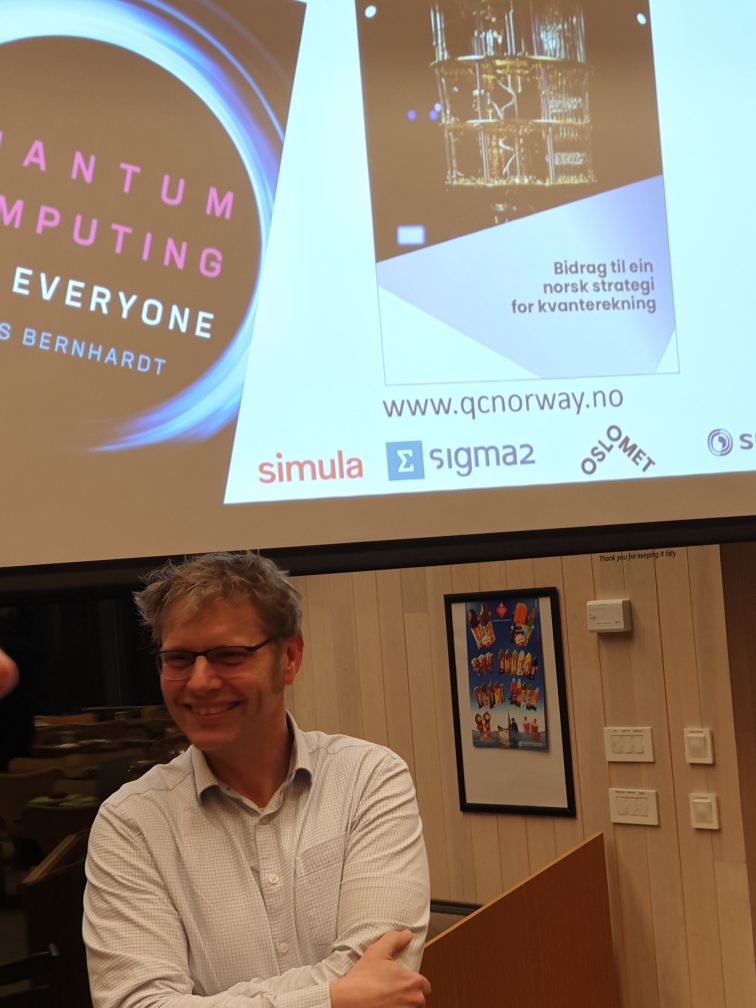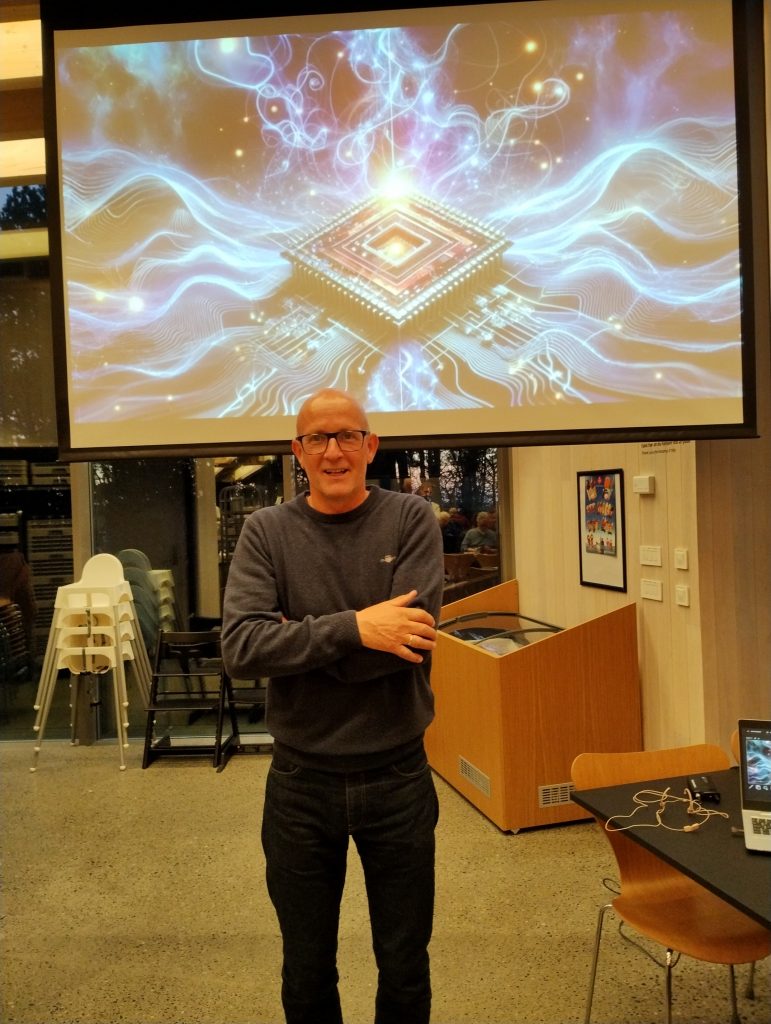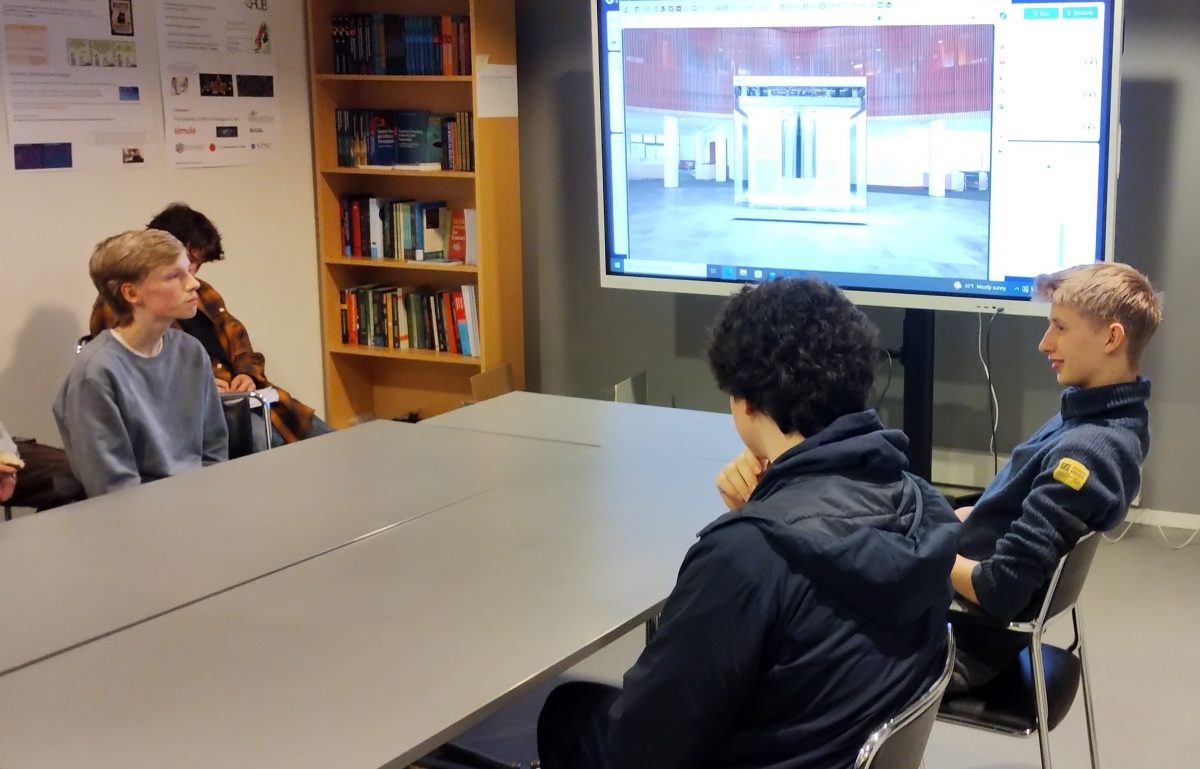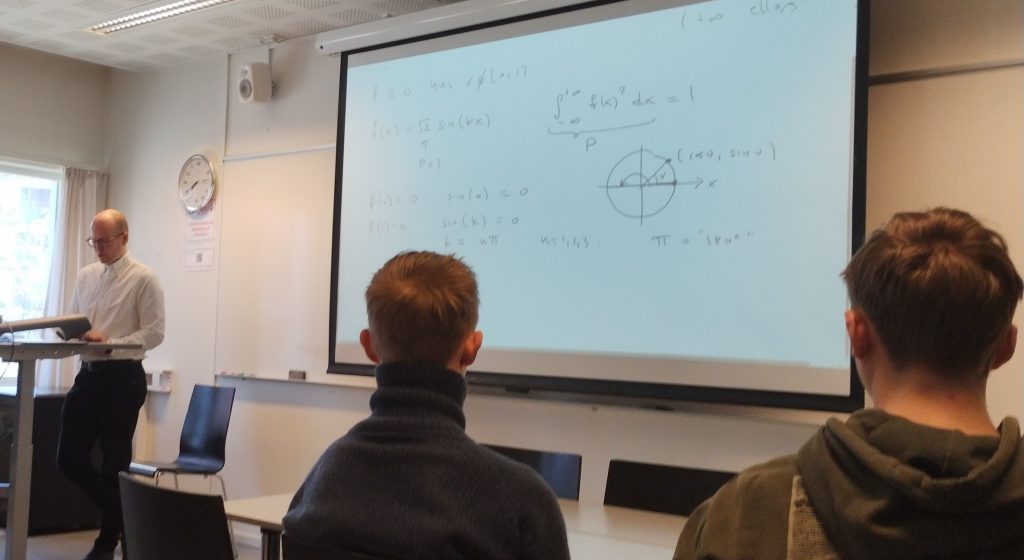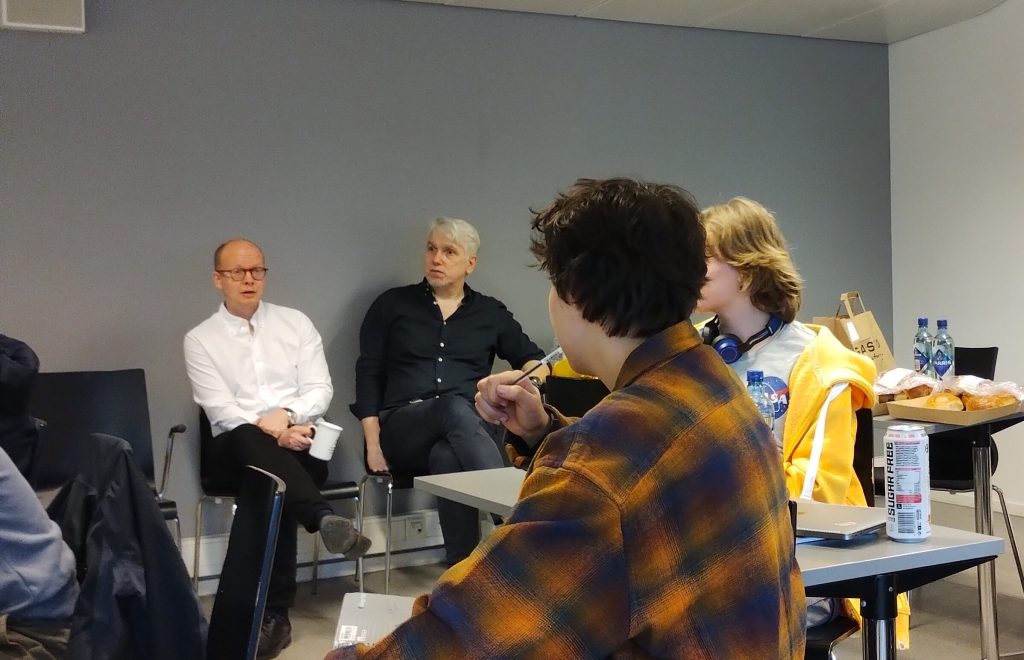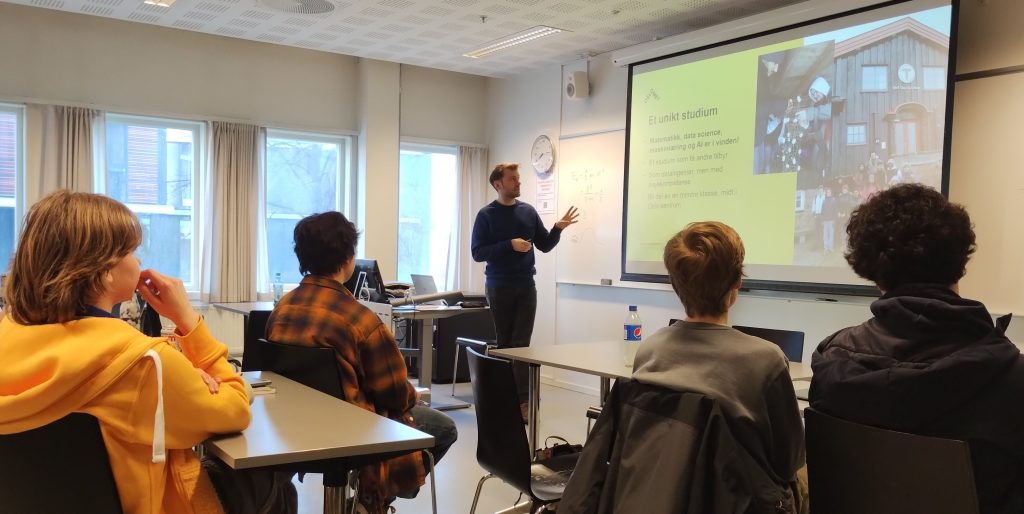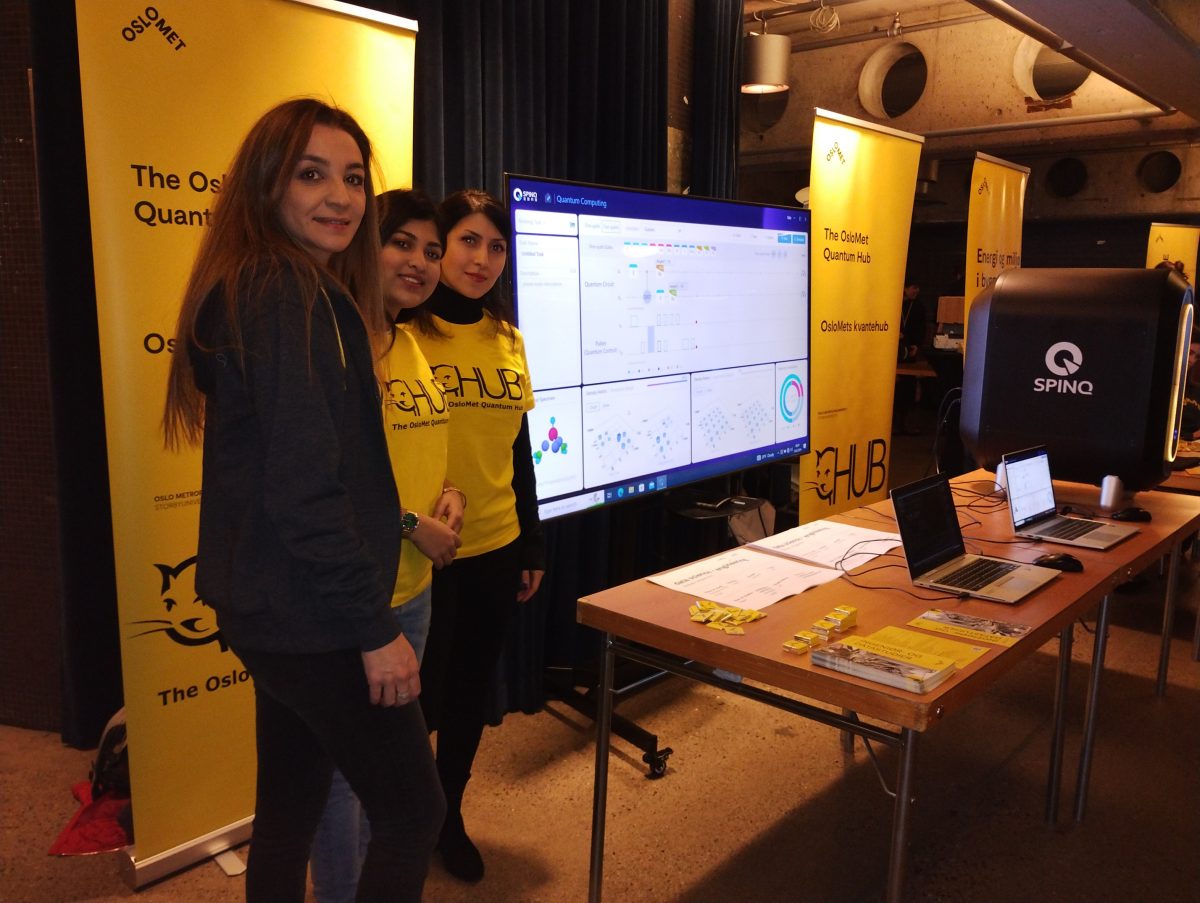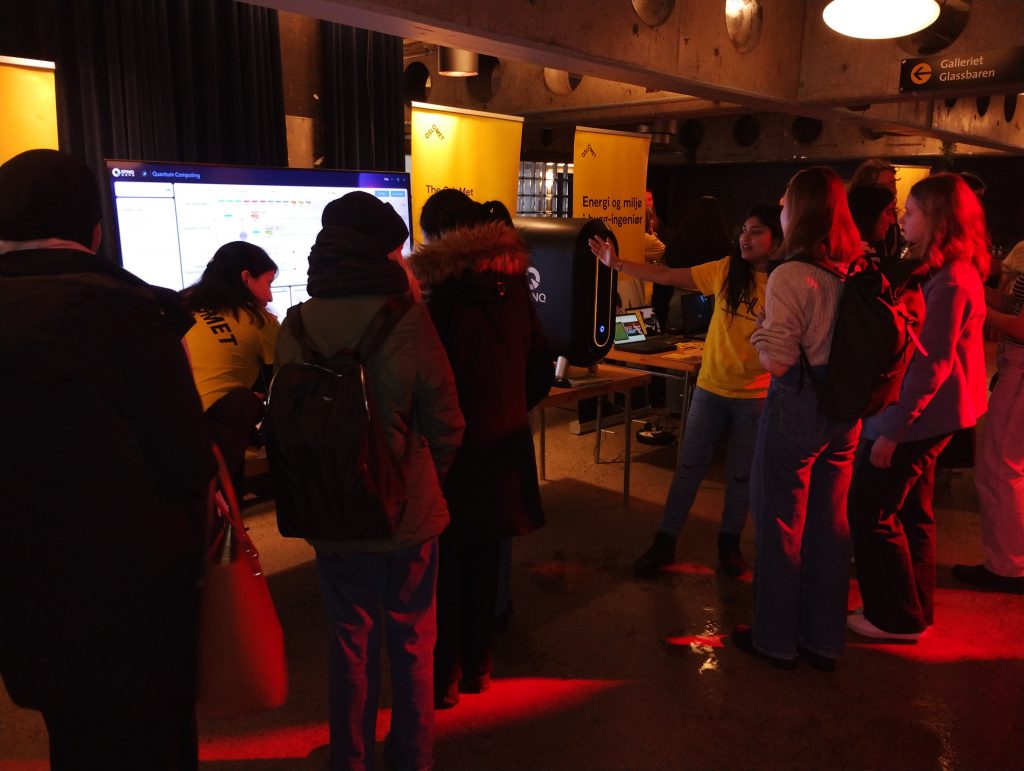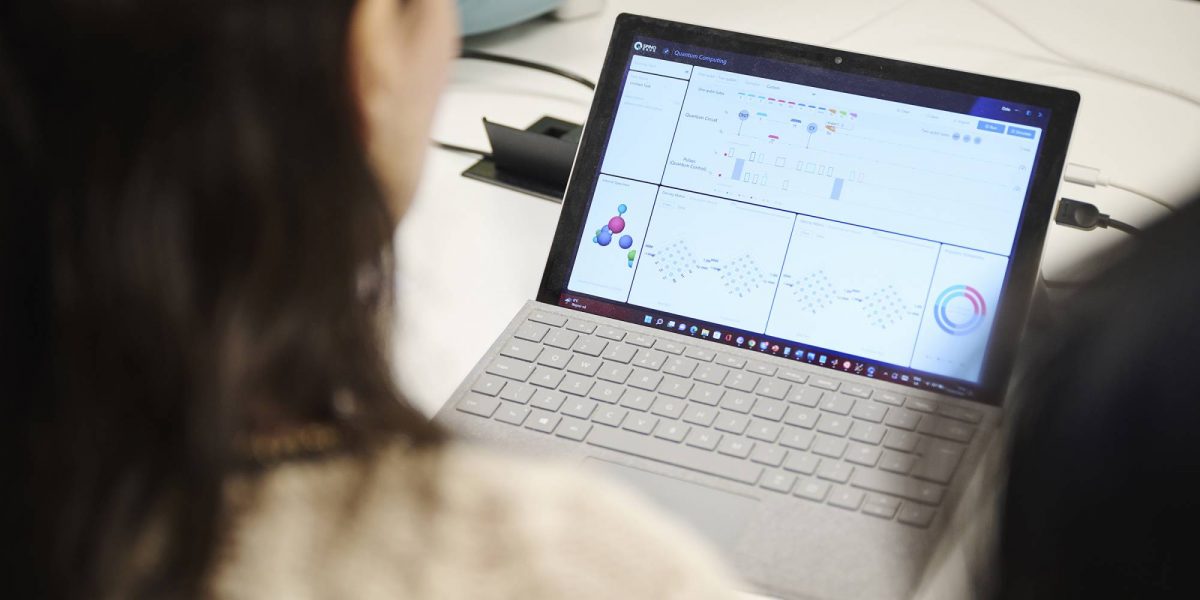Quantum-inspired evolutionary algorithms
Recently our faculty received funding from Ministry of Education and Research for 8 PhD positions. We are happy to announce that one of these will be allocated to a quantum-related topic. The project is lead by Kazi Shah Nawaz Ripon. We let him explain what it is about:
Quantum-inspired evolutionary algorithms (QEAs) are a type of optimization tool that have gained popularity in recent years due to their ability to solve complex problems more efficiently than traditional methods. QEAs use principles from quantum mechanics, such as qubits, superposition, entanglement, interference, coherence, and measurement, to improve their performance. However, most existing QEA implementations are designed for specialized quantum hardware, which is inaccessible to general users. Moreover, while traditional QEAs are effective for solving single-objective problems, most real-world optimization problems involve multiple interdependent objectives. Therefore, our aim is to develop a novel multi-objective QEA specifically designed for classical computing environments so that industries can use it to optimize their operations more efficiently. Ultimately, the goal is to advance optimization methodologies and facilitate broader access to cutting-edge problem-solving techniques in academic and industrial settings.
